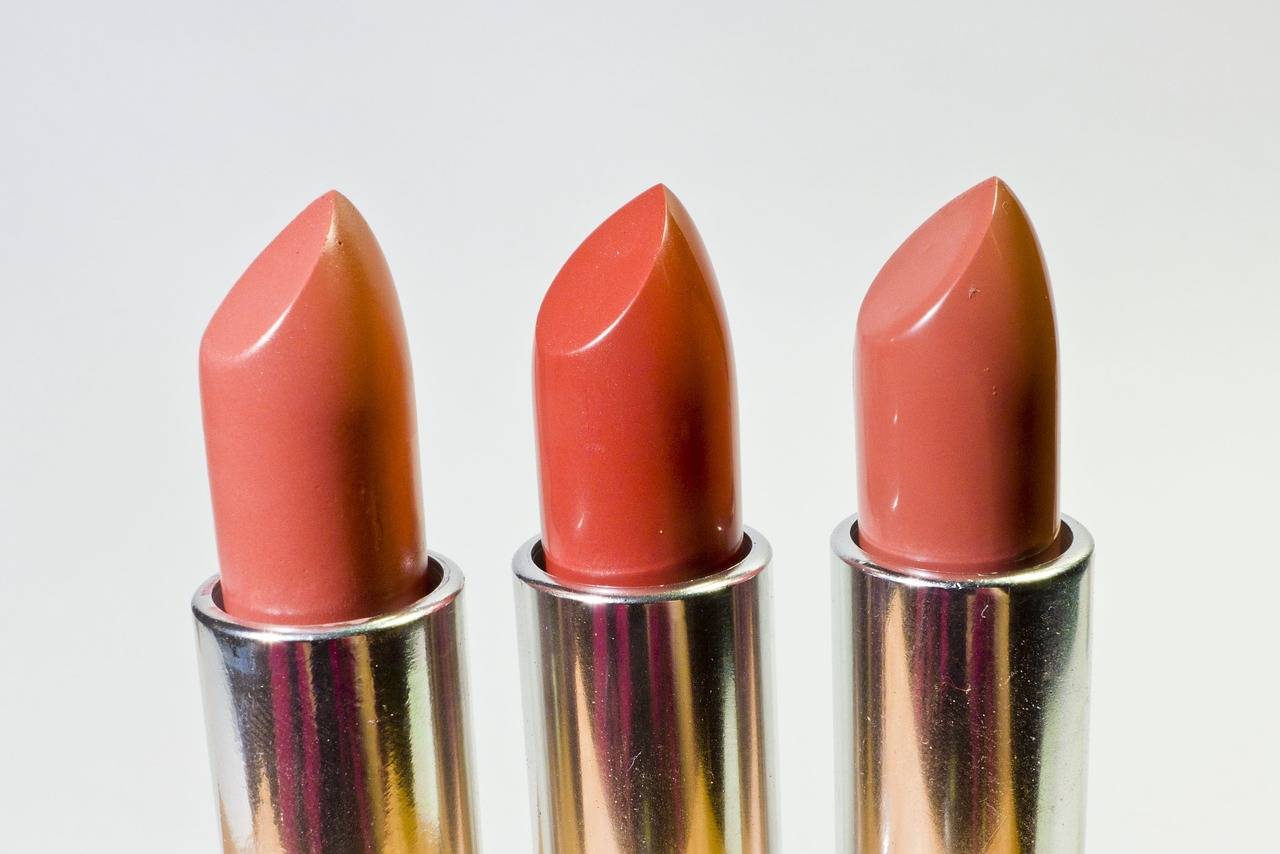Fashion and Literature: Fashion as a Theme in Contemporary Novels
In today’s literary landscape, the incorporation of fashion as a symbol of identity in contemporary novels has become increasingly prevalent. Authors are utilizing clothing choices, accessories, and personal style to convey deeper insights into their characters’ personalities and inner workings. From the protagonist’s meticulously curated wardrobe to the supporting characters’ sartorial choices, fashion serves as a powerful tool for establishing and developing identities within the narrative.
Through the lens of fashion, authors are able to explore the complexities of self-expression, social belonging, and cultural influences. The incorporation of specific clothing items or style preferences can offer readers valuable clues about a character’s background, aspirations, or emotional state. Whether it’s a character who uses avant-garde fashion to challenge societal norms or someone who adheres strictly to traditional dress as a symbol of heritage, fashion in contemporary novels serves as a dynamic conduit for understanding and interpreting the multifaceted nature of identity.
Exploring the Intersection of Fashion and Social Status in Literature
Fashion has long been utilized as a narrative device in literature to convey characters’ social status and personality. The clothing choices of characters often serve as a visual representation of their socioeconomic standing, highlighting the disparities and hierarchies within society. Through detailed descriptions of attire and accessories, authors are able to subtly communicate the power dynamics and relationships between characters in a novel.
Moreover, fashion in literature can also be a tool for exploring identity and self-expression. The way characters dress can provide insights into their values, aspirations, and inner conflicts. By incorporating fashion into their narratives, authors not only create a vivid and immersive world for readers, but also delve into the complexities of human nature and the societal constructs that shape individuals’ sense of self.
How do contemporary novels use fashion as a symbol of identity?
In contemporary novels, fashion is often used to reflect a character’s personality, background, and social status. By describing a character’s clothing choices, authors can convey important information about who they are and how they fit into the world of the story.
Can you give an example of how fashion is used to explore social status in literature?
One example of how fashion is used to explore social status in literature is in F. Scott Fitzgerald’s “The Great Gatsby.” The characters in the novel are often described in terms of their clothing and accessories, which serve as symbols of their wealth and social standing.
How does the intersection of fashion and social status contribute to the overall themes of a novel?
The intersection of fashion and social status can contribute to the overall themes of a novel by highlighting issues of class, power, and identity. By exploring how characters use fashion to navigate their social worlds, authors can shed light on larger societal structures and inequalities.
Are there any notable works of literature that specifically focus on the relationship between fashion and social status?
Yes, there are several notable works of literature that specifically focus on the relationship between fashion and social status. Some examples include Edith Wharton’s “The Age of Innocence,” Jane Austen’s “Pride and Prejudice,” and Zadie Smith’s “White Teeth.” These works all examine how fashion can be used to signal social standing and shape interpersonal relationships.
How has the portrayal of fashion and social status in literature evolved over time?
The portrayal of fashion and social status in literature has evolved over time to reflect changing societal norms and values. While early works of literature often used clothing to signify class distinctions, contemporary novels may take a more nuanced approach, exploring the ways in which fashion can be a form of self-expression and a means of challenging traditional power structures.





